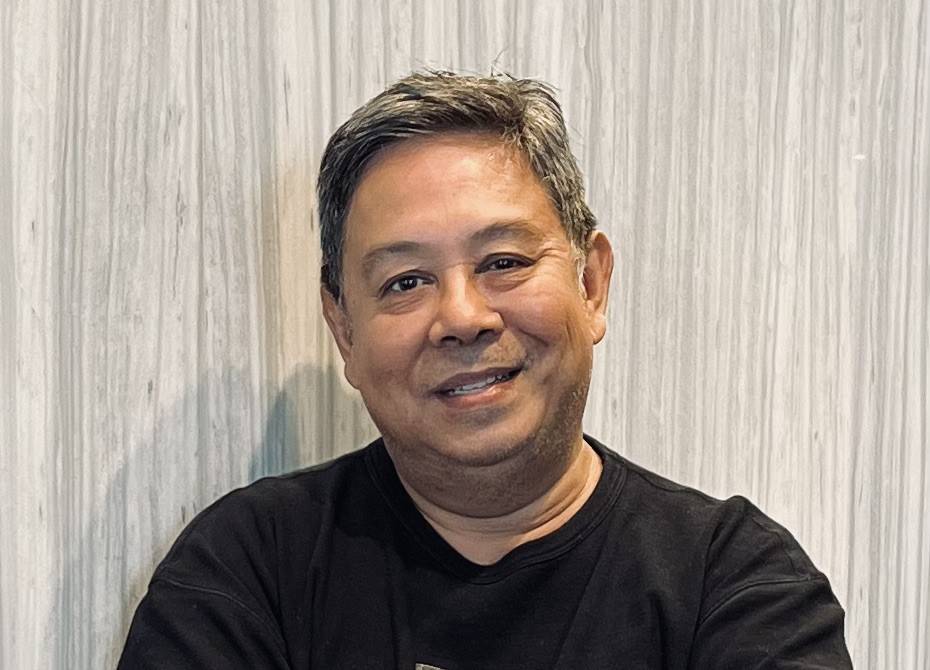We recently spoke to Dr. Peter Brace of Human Capital Realisation on how fast-moving innovation can impact the overall well-being and productivity of employees. Thoughtful communication, critical thinking and giving (and receiving) feedback were cited as some of the top human skills needed to see organizations through challenging times. While these skills top the list for 2023, the success of a team boils down to what each team member brings to the table.
Teams in matrix organizations often meet challenges such as budget cuts, reorganization, market fluctuations, and fast-changing customer needs. While having good company culture provides top-down support in theory for greater openness and collaboration, Peter highlighted the importance of acknowledging that this is not something that can be “plugged in” or engineered.
“It’s a quality that emerges from the way people interact, so you can’t directly control it. All you can do is influence the conditions to allow it to emerge.”
Cultural Boundaries And Power Dynamics
It is not uncommon to experience greater power differences in Asian work cultures. While our western counterparts are more accustomed to sharing ideas and speaking up, ingrained in the Asian culture is a level of respect and reservation that we often carry with us with our familiarial upbringing.
Even as we see more organizations trying to drive innovation by investing in new technologies and business practices such as adopting AGILE frameworks, leaders must adopt an approach that recognizes the value of respect and its pervasiveness in our culture, and apply that in its ways of employee engagement to encourage active participation.
One of the ways to initiate such approaches is through micro validations. “Micro validation – it’s a term that came out of a Harvard Business Review article referring to little things you can do to make people feel valued, to be accepted, and to feel like part of the team.” By demonstrating an openness for discussion and ideas, and validating individuals’ feedback, leaders can promote a safe space within their teams and start paving the way for them to create more conversations around innovation.
Innovation – a Catch-22 For Individuals and Leaders Alike
Innovation, however, can be seen as a catch-22 situation for many individual contributors today. In a McKinsey insights, the analyst firm found more than 85 percent of innovation practitioners report that fear often or always holds back innovation, but only a quarter of organizations understand this fear. With more organizations citing adoption of innovation as means for better productivity and leaner operations, large organizational restructuring has become far more commonplace.
As fear of being the next-in-line to be “reorged” out of a job, how do leaders push people outside of their comfort zones and deep set boundaries, to create a safer space for innovation discussions?
To that point, Peter called out the need to push teams ahead, as a reflection of leadership’s “command and control” mindset.
“We’re in an extremely volatile and unpredictable environment. And command and control just doesn’t cut it in terms of organizations surviving.”
Instead, Peter suggested that accountability for change (with the output being innovation) has to be freely chosen in the organizations. Individuals have to choose to be accountable, rather than be told to. And for that to happen, leaders should be able to provide a way for their people to connect the organization’s purpose to an individuals’ view of meaning and purpose.
Creating Psychological Safe Spaces for Innovation
At the end of the day, organizations are generally risk-averse. With innovation, besides potential financial or operational risks, individuals are actually dealing with interpersonal risks as they are asked to innovate. To innovate, simply put, is to try something new or to speak out about new ideas.
While there are guardrails set around how we use data, how we leverage on technology and even how we engage customers, very little is said and done around how people can feel safe and rest assured that trying to innovate is not going to get them into trouble.
Having a team who feel psychologically safe within their working environment prepares them to feel safe to speak up about what works and what doesn’t, and that is fundamental to creating a team who will be resilient to challenges, and ready to take on change and provide honest feedback back to the organization.
Peter suggested that although there’s no way to immediately create a safe space for teams, creating these safe boundaries can start from small and from the ground up. Innovation can start from a single team, or a particular aspect of a project, and within agreed guidelines around honesty, respect and transparency to allow for better conversations.









